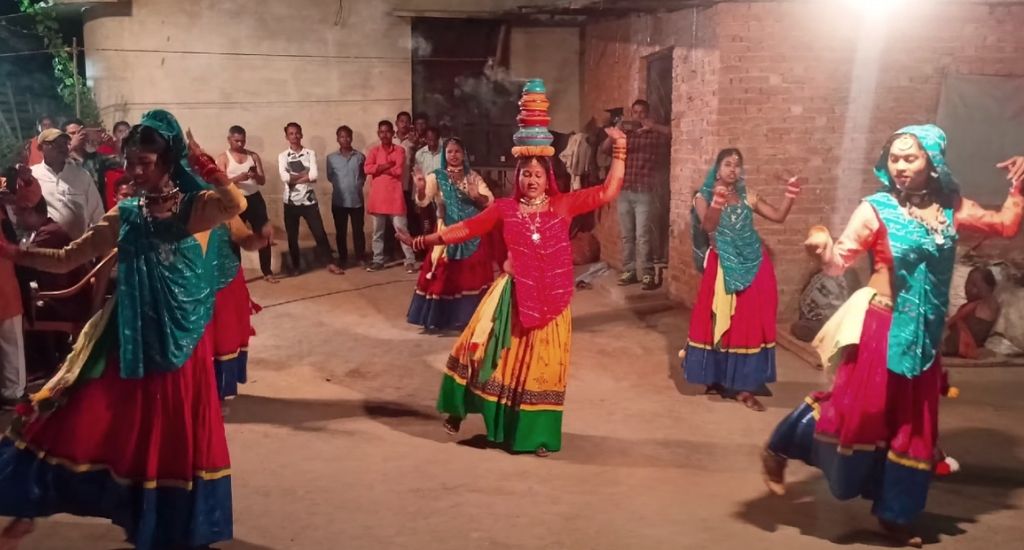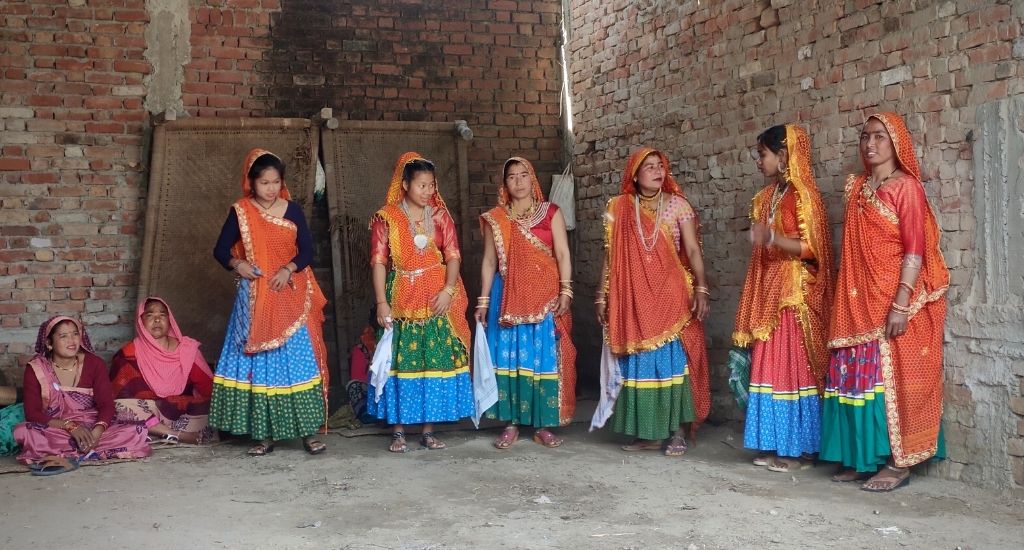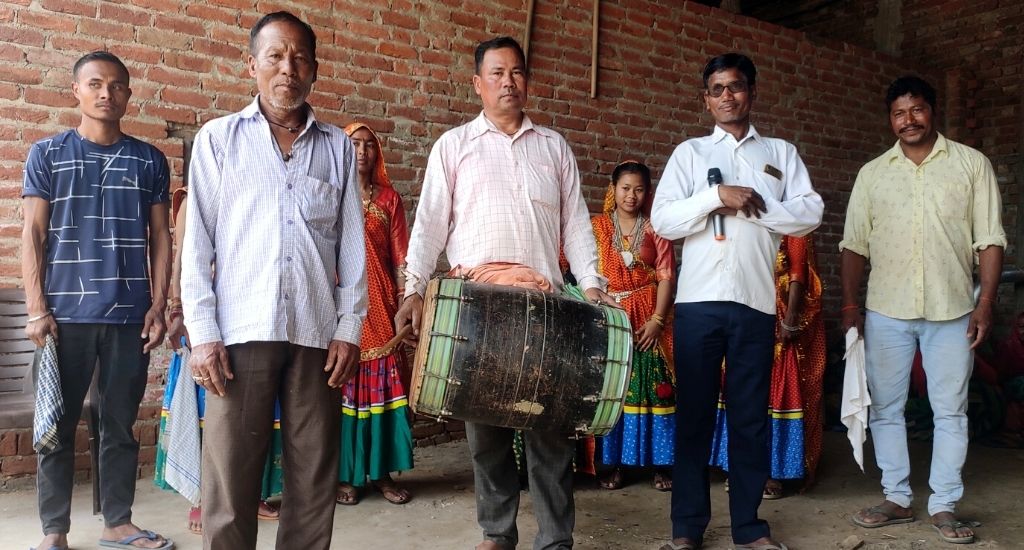
Holi moly: Here’s a look at Tharu tribe’s celebrations
It takes a village to celebrate Holi for several days in a row, and the Tharu tribe of southern Uttarakhand leaves no stone unturned to do so.

It takes a village to celebrate Holi for several days in a row, and the Tharu tribe of southern Uttarakhand leaves no stone unturned to do so.
Kavita Devi of Magarsara village in Udham Singh Nagar district is getting ready to celebrate Holi. It’s been very long since she and her friends last wore traditional Tharu holi outfits. She is looking forward to welcoming the women of Magarsara at her home.
“The ghagaria (skirt) I’m wearing has been passed down through generations. I can’t remember when I last wore it. But I feel happy to be finally wearing it now. This year we’re excited to be celebrating Holi in the traditional Tharu style after a long time,” Kavita said.
Tharus belong to the Terai region of Uttarakhand. While most of the people of this tribe are farmers, some are also forest dwellers.

The tribe worships Lord Shiva as Mahadev and calls their supreme being Narayan, who they believe is the provider of sunshine, rain and harvests. The people of the Tharu tribe use natural resources to meet basic necessities of their life. They even make their houses with mud and clay found around nearby lakes and ponds.
We celebrate the zinda (living) Holi for a fortnight till the Holika dahan – celebrating the victory of good over evil
The tribe celebrates Holi by engaging with all the villagers whether they are Tharu or not.
The Tharu tribe really loves to celebrate the festival of Holi, and it does so for 8-10 days. The celebrations begin by people dancing in groups to the beats of dhol and live performances by local musicians in the village.
“Our Holi is incomplete without music and dhol,” Kavita said.
The songs played at their celebrations are mainly those praising Lord Shiva and Lord Krishna.
“Nowadays we compose our own songs by using the tunes of Bollywood songs,” Kavita said.

Krishan Singh Rana, a dhol player of Magarsara, is getting ready for the Holi celebrations at Kavita’s house.
“I’ve been playing the dhol for 10 years. I really love to play during Holi because it promotes our tradition,” he said.
Badal Singh, a singer from the same village, believes that festivals are artistes’ top priority.
“We celebrate the zinda (living) Holi for a fortnight till the Holika dahan – celebrating the victory of good over evil,” Badal said.
Earlier men and women used to dance separately, forming circles. But now they all dance together.
While dancing and singing, they visit every Tharu house in the village and also to those of some non-Tharus who invite them to summon them for the celebrations. The troup distributes sweets and jaggery amongst all the villagers.
After the first full moon in the month of Falgun (the month that falls between February and March in the Hindu calendar), the men of all the families of the village pile up cow dung cakes in a corner of the village. It is after this that the Tharu holi celebrations begin. During Holika dahan, the men burn this pile – this is marked as the end of zinda (living) Holi.

“We distribute jaggery on the occasion. Earlier, it was an important tradition that every household should have 5 kg of jaggery, divided equally for the men and women. But today we distribute a variety of sweets besides jaggery,” Badal said.
Badal has been singing at Tharu Holi celebrations for over 30 years. He feels sad to see the new generation in oblivion about the Tharu traditions. He feels the Holi celebration is the tribe’s identity.
“Gradually, youngsters are going away from our traditions. If this continues it will badly affect Tharu’s traditions. What will happen if everything about us is erased?” Kavita asked.
The lead image at the top shows the women of the Tharu tribe dancing as part of holi celebrations (Photo by Keval Singh Rana)
Remarkably, Prakash Chand is a Class XI student of Nanakmatta Public School. He is an aspiring filmmaker and journalist.